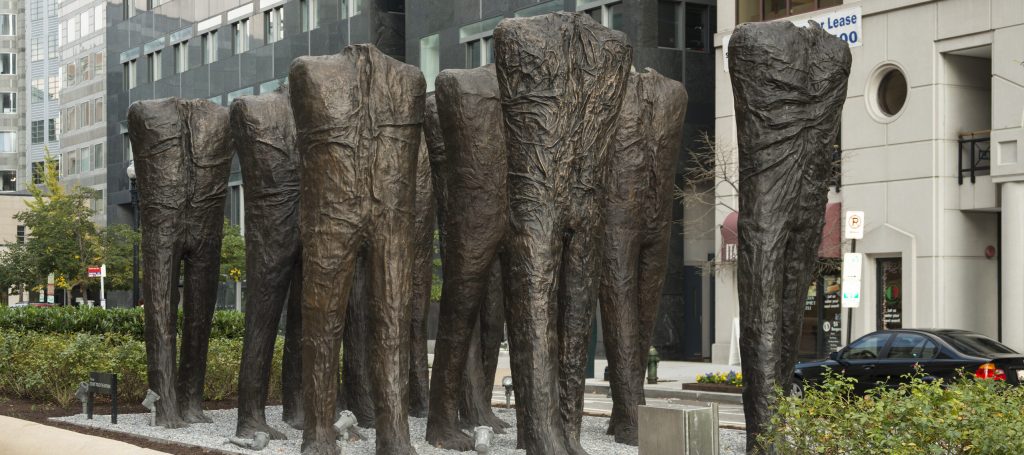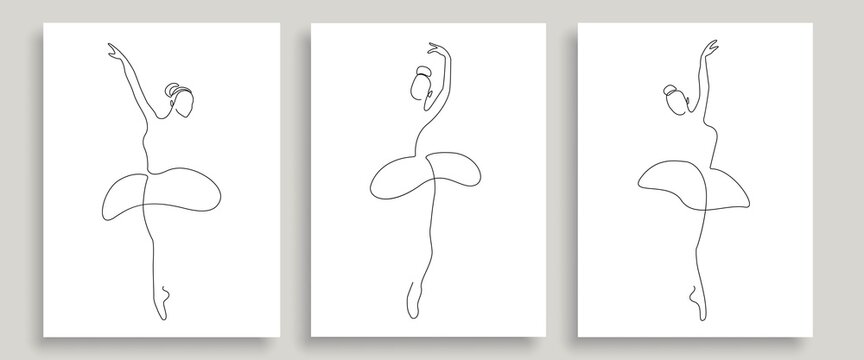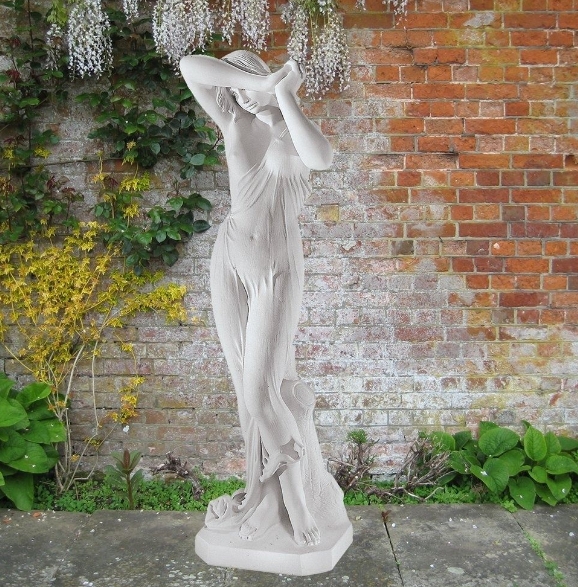In the ever-evolving urban landscape, public sculptures have long transcended mere decorative elements; they carry rich cultural symbolism and serve as crucial mediums for understanding the city’s spirit. Urban Sculpture Art, through its structure, materials, and forms, conveys history, emotions, and the unique stories of a city to the public. Among numerous urban sculpture examples, the Statue of Mothman in Point Pleasant, California, is a highly regarded and representative work.

Inspired by the “Mothman legend” of the 1960s, the Statue of Mothman is crafted from stainless steel, its exaggerated shape and sharp lines resembling a creature leaping from urban mythology. Its metallic texture reflects the surrounding light and shadow, creating strikingly different visual effects during the day and night. This surreal presentation makes it an excellent example of “narrative sculpture” in urban art: the work is not merely a statue, but a public symbol carrying collective memory.
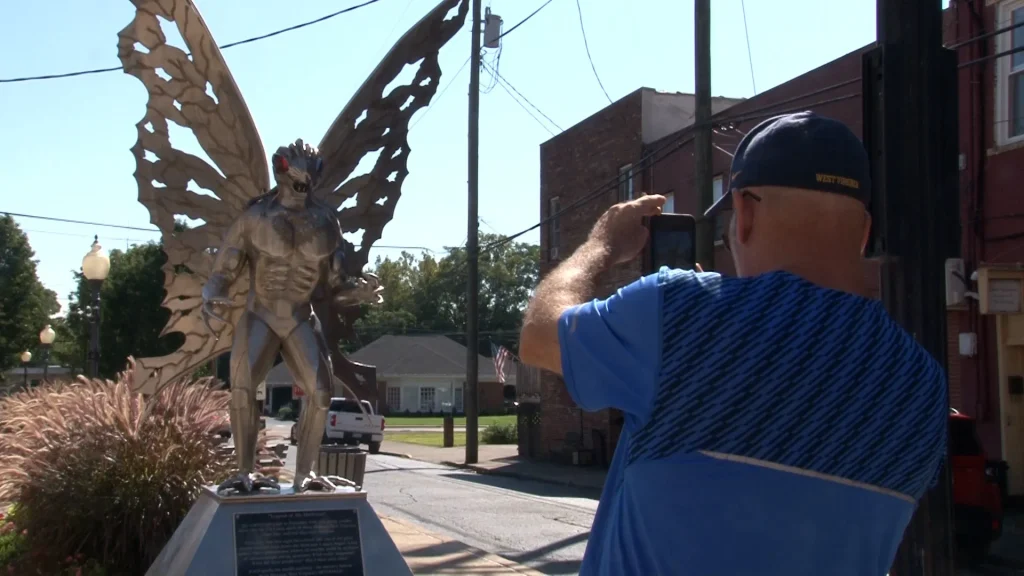
The most captivating aspect of urban sculpture art lies in its ability to imbue urban spaces with emotion and direction. Works like the Statue of Mothman not only attract tourists but also inspire locals to rethink their history and culture. It not only embodies the visual style of a city but also symbolizes a unique cultural identity, giving ordinary neighborhoods a distinct artistic character.
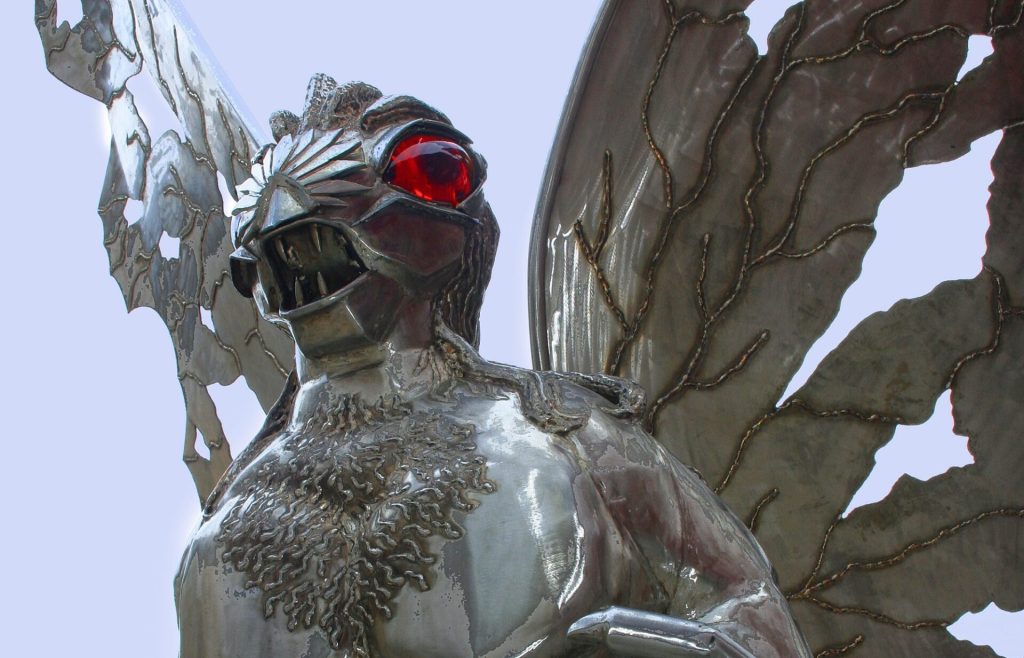
This is the significance of Urban Sculpture Art: it transforms the city from a collection of steel and concrete into a stage for life filled with stories, symbols, and artistic expression. From symbolizing history to shaping landmarks, urban sculpture is influencing people’s emotions and experiences, adding a unique touch to the city’s cultural narrative.

